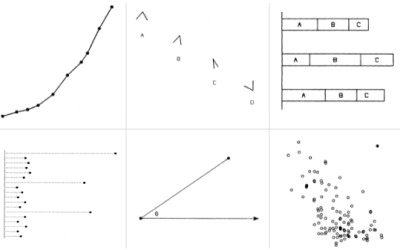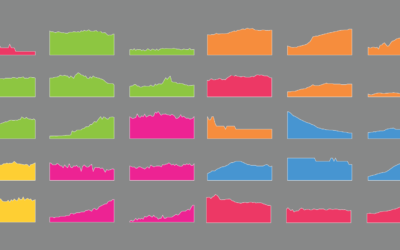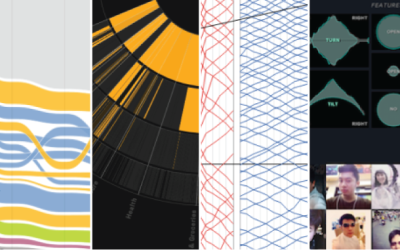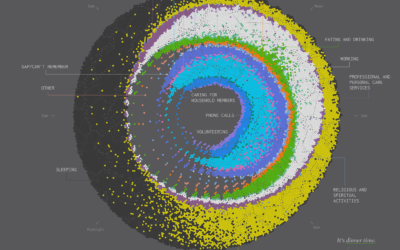Where restaurant chains dominate
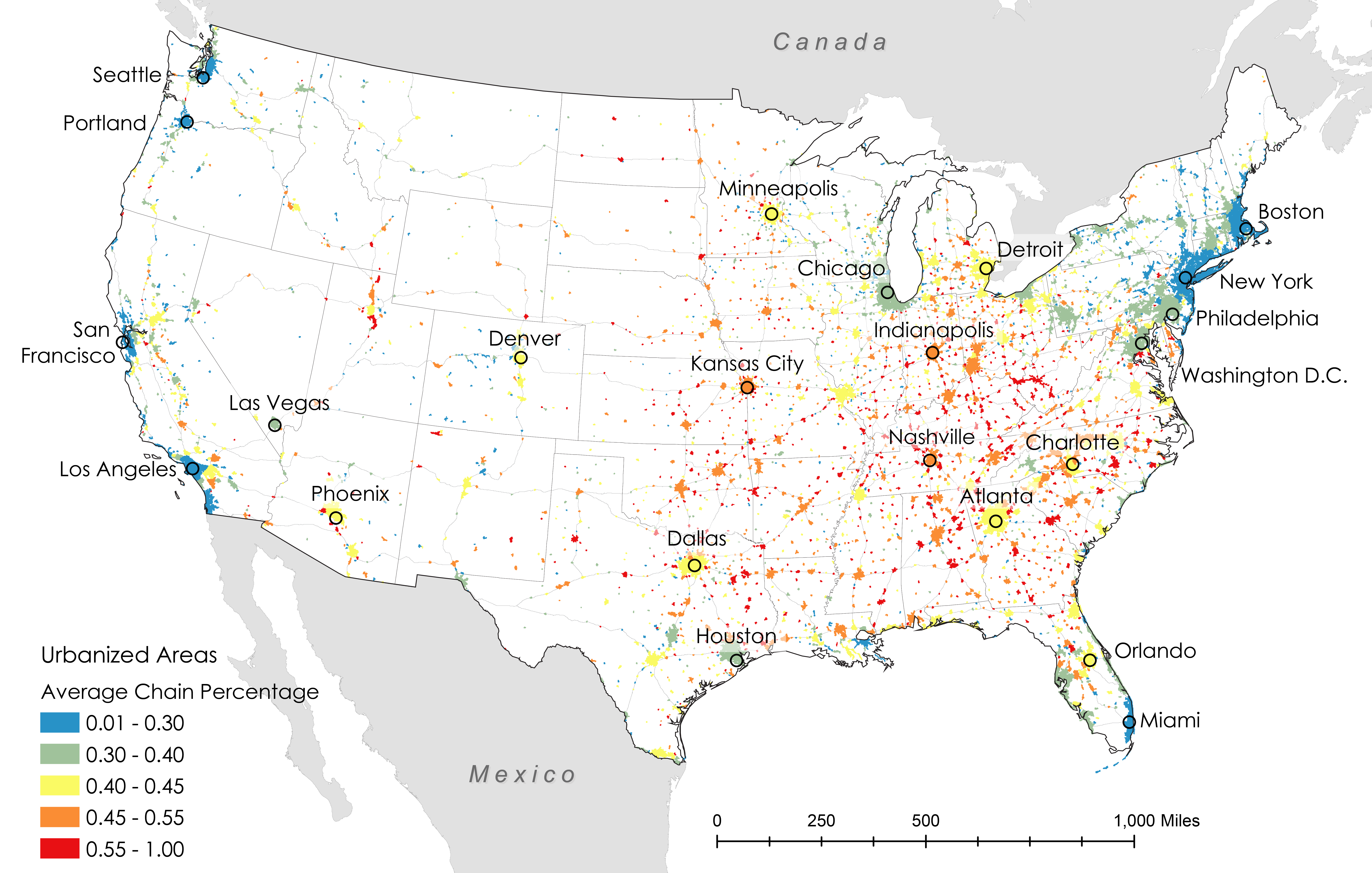
Researchers Xiaofan Liang and Clio Andris estimated the percentage of restaurants that are chains and independent to identify “McCities”:
These high chainness McCities are prevalent in the Midwestern and the Southeastern United States. Independent restaurants were associated with dense pedestrian-friendly environments, highly educated populations, wealthy populations, racially diverse neighborhoods, and tourist areas. Low chainness was also associated with East and West Coast cities.
Check out the interactive map here.
My only criticism is that they used a rainbow color scale instead of using a single hue or a diverging color scale that breaks at half.
Become a member. Support an independent site. Make great charts.
See What You Get

